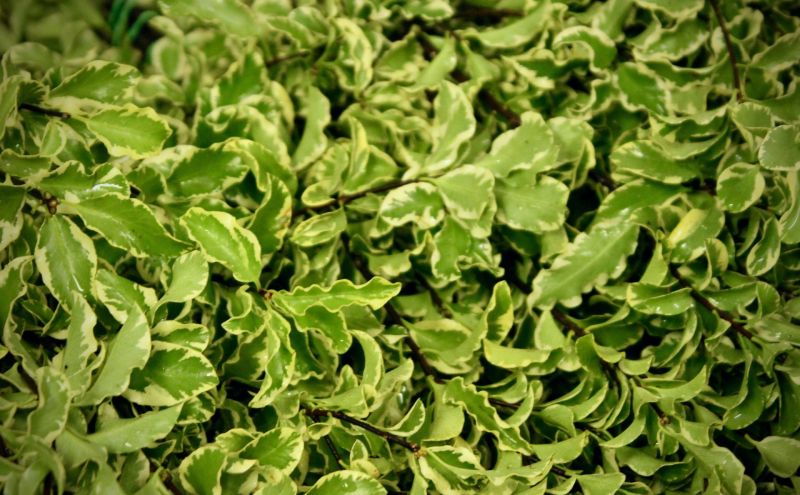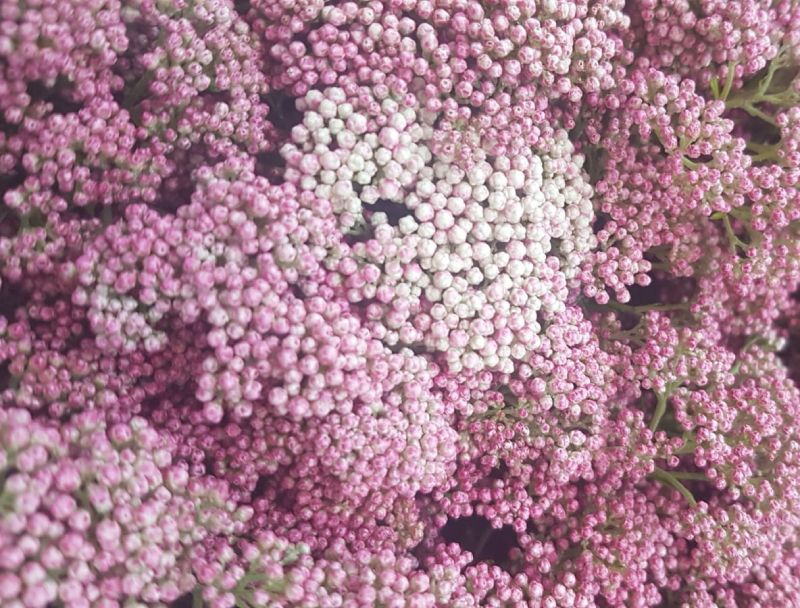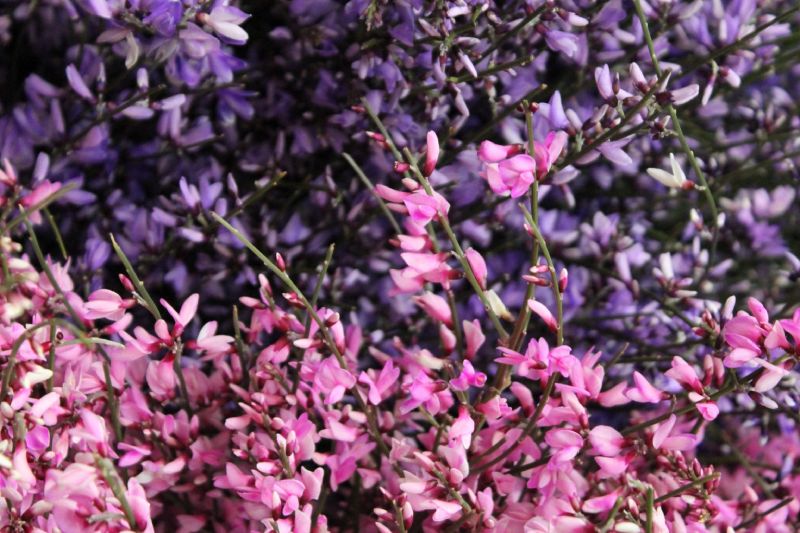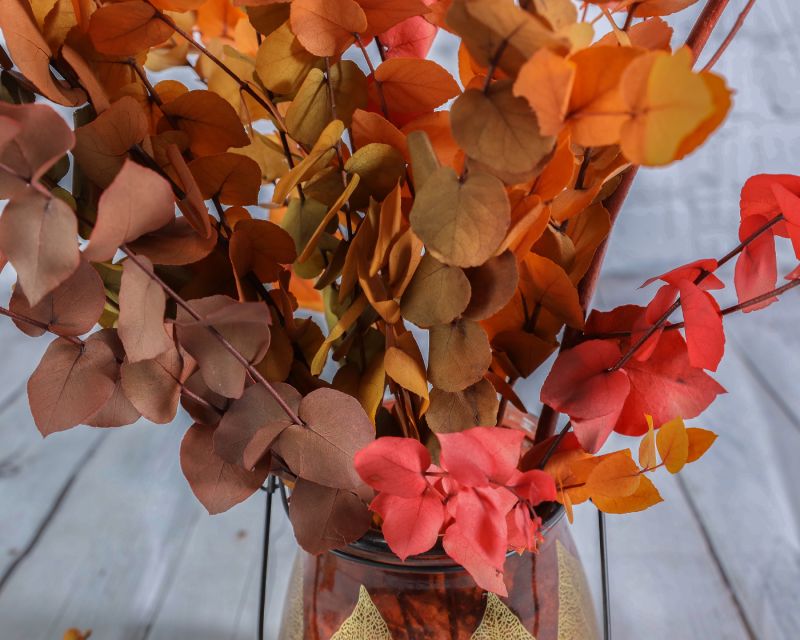Ornamental cut greenery is a key element in floral arrangements. It adds a fresh, natural touch and also creates a visual contrast capable of bringing out the bright colors of the flowers. Green leaves, branches and stems, berries and even some fruits: varieties of ornamental greenery enrich every bouquet and allow florists to make all sorts of decorations, from those with a classic touch to those with more exotic variations.
What ornamental cut greenery is used for
In bouquets and floral decorations, a “touch” of green promotes a good contrast between colors, makes the compositions harmonious and makes them achieve a good visual balance.
Adding greenery also increases its volume and structure: the gaps between flowers are filled in, and the more delicate or smaller flowers receive an excellent background that makes them stand out so that they are not overpowered by the larger flowers.
Thus, the composition is enriched with interesting shades and visual trends, but not only that: the greenery is even capable of generating a greater sense of movement to the overall floral composition. By placing it strategically, the lines of its leaves and branches guide the viewer to the right focal points and also restore a greater sense of depth. In this way, the composition appears even more dynamic and engaging.
The main techniques for using cut greenery
Thanks to ornamental greenery, it is possible to transform any bouquet, arrangement or decoration, creating true works of art. Just follow a few small tricks to place it in the best possible position, just as the best florists do.
- Creating a harmonious background: using greenery as a background for flowers is a classic and effective technique. Placing leaves and branches behind the more colorful flowers makes them stand out and also increases the depth of the composition. This method is particularly useful when working with brightly colored flowers or particularly delicate petals;
- Guiding the Eye: to guide the observer’s eye, branches and leaves can be positioned so that they converge towards the focal point of the composition, such as a particularly beautiful flower or a group of flowers;
- Adding Texture and Variation: Combining different types of ornamental greenery with unique shapes and textures intensifies the visual and tactile interest to the composition. To create a pleasant contrast, the simplest and at the same time spectacular mix is obtained by combining shiny leaves with opaque ones or rigid branches with hanging ones;
- Balance the composition: in the event that one side of the composition is too weighed down by larger and more numerous flowers, the addition of ornamental greenery on the other side restores the balance. Thus, the aesthetic appearance and also the physical stability of the decoration or deck are improved;
- Create depth and three-dimensionality: Placing green at different levels within the composition creates the illusion of depth. It is an effective trick especially for larger decorations and centerpieces, where greater three-dimensionality gives a very scenographic and spectacular effect;
- Underline the theme of the event: floral decorations embellish the rooms and help create the ideal atmosphere, aligning the feelings of the people present with the theme of the event. For example, for a wedding you might prefer branches and leaves with a more delicate look, while for a formal event you might choose shiny and structured leaves.
The most commonly used types of cut greenery in floral arrangements
As is the case with flowers, the most popular ornamental greenery varies according to the season in which it is purchased and also changing trends over time. However, there are real staples even in cut greenery, which never go out of fashion precisely because of their elegance and versatility. Here, then, are our tips on the types of greenery for floral arrangements that are nothing short of perfect:
- Italian Ruscus or Danae Racemosa: not to be confused with its relative Butcher’s Broom, Italian Ruscus is the most classic and eclectic of the ornamental greens, as it has a bright, smooth dark green leaf that is beautiful both in large decorations and in bridal bouquets;
- Parvifolia: a very elegant type of eucalyptus, which stands out for its silvery green and fresh smell and provides a great contrast to Ruscus;
- Pittosporum Nigra or Silver Queen: a plant with charming, small, rounded leaves, often used for large arrangements or in dry gardens because of its variegated color that adds vibrancy and light.



